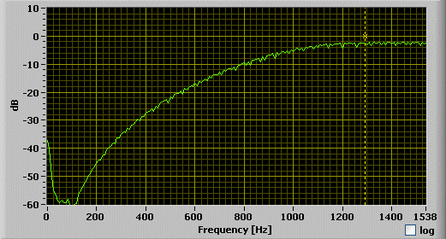Filters

A filter plays a key role in any musical synthesizer. Filters remove a desired range of frequencies from an input signal, and they can be either analog or digital. The difference between analog and digital filters is similar to the difference between analog and digital oscillators. Analog filters can be controlled by a voltage, and are generally composed of physical components such as inductors, capacitors, and resistors. Digital filters perform mathematical operations on a sampled signal. Filter sections on synthesizers have several ways to manipulate the filter, such as cutoff, resonance, and an ADSR (Attack, Decay, Sustain,Release) envelope. Cutoff determines the range within the frequency spectrum that the filter is applied to. Resonance amplifies the frequencies that are at the cutoff point(s) of the signal. The ADSR envelope determines how the filter behaves after a key has been pressed. There are many different kinds of filters that are commonly used in synthesizers.
Low-Pass Filter: Low frequencies are passed, while high frequencies are attenuated.
High-Pass Filter: High frequencies are passed, while low frequencies are attenuated.
Band-Pass Filter: Only frequencies within a specified frequency band are passed.
Notch Filter: Rejects one specific frequency from the output signal.
Comb Filter: Creates multiple pass bands that are similarly distanced across the spectrum, giving the output signal a comb-like appearance.
Low-Pass Filter: Low frequencies are passed, while high frequencies are attenuated.
High-Pass Filter: High frequencies are passed, while low frequencies are attenuated.
Band-Pass Filter: Only frequencies within a specified frequency band are passed.
Notch Filter: Rejects one specific frequency from the output signal.
Comb Filter: Creates multiple pass bands that are similarly distanced across the spectrum, giving the output signal a comb-like appearance.